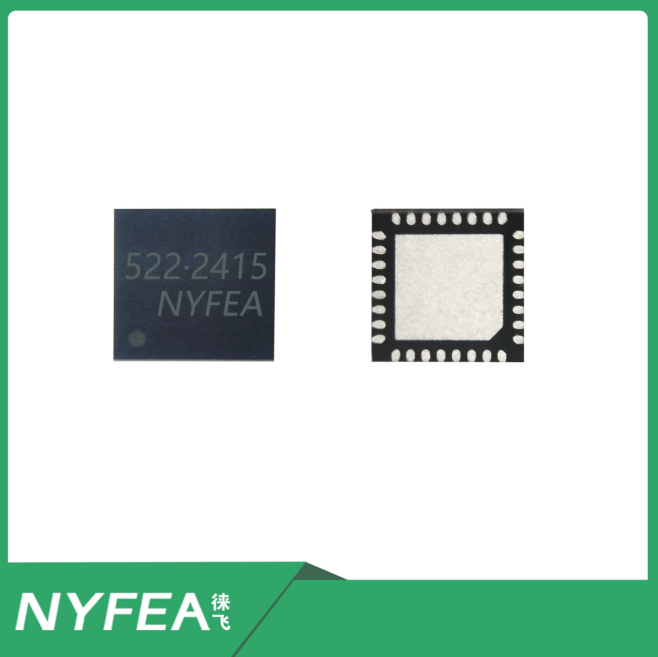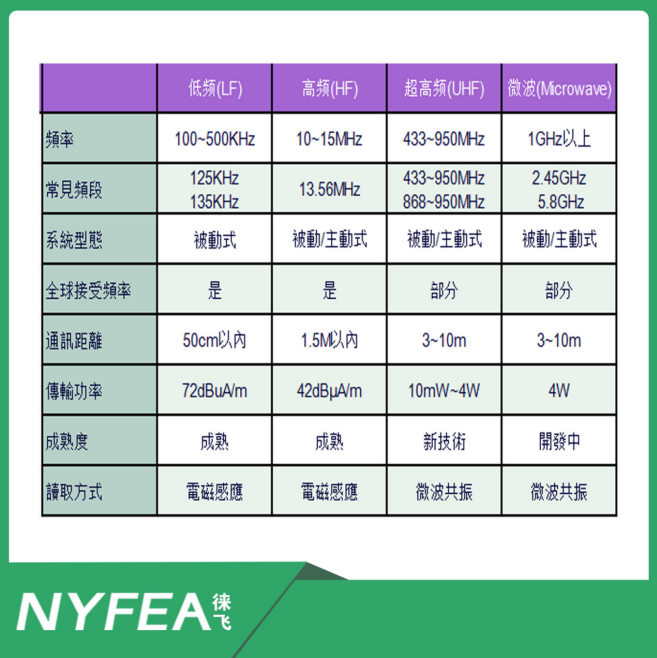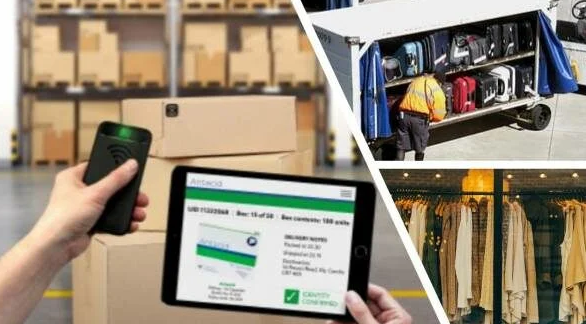RFID UHF Market Applications
RFID, which stands for Radio Frequency Identification, is a non-contact automatic identification technology. It enables non-contact bidirectional data communication through wireless radio frequency signals, reads from and writes to electronic tags or RF cards, thereby facilitating data communication between the reader and the tag to achieve object identification and data exchange.
The basic components of an RFID system include the RFID electronic tag, reader, and application software. It is an automatic identification system that utilizes radio frequency identification technology for data collection and transmission.
Typically, when an RFID electronic tag enters the electromagnetic field emitted by a reader, the induced current obtained from the antenna is converted into power for the chip via a boost circuit. Simultaneously, the energy acquired from the induced current is converted into a digital signal by the RF front-end circuit and sent to the logic control circuit for processing. Any information requiring a response is then transmitted from the tag's memory, sent back through the logic control circuit to the RF front-end circuit, and finally returned to the reader via the antenna. Based on frequency, RFID tags can be categorized into Low Frequency (LF) tags, High Frequency (HF) tags, Ultra-High Frequency (UHF) tags, and Microwave tags.
UHF (Ultra-High Frequency) RFID typically operates in the frequency band between 860 MHz and 960 MHz. Compared to RFID products in other frequency bands, UHF RFID tags offer higher data transfer rates, support group reading, and can read large quantities of electronic tags within a very short time.
Therefore, it is highly suitable for large-scale application scenarios and demonstrates significant benefits in enhancing supply chain management efficiency, among other applications.
In recent years, with the maturation and improvement of the industry chain, the cost of UHF RFID has been greatly optimized, leading to rapid growth in the usage volume of UHF RFID tags.
Currently, UHF products represent the most widely applied, highest shipment volume, and most populated segment in terms of industry players within the RFID frequency bands, consequently receiving the highest level of attention.


Detailed analysis of UHF market application areas below:

1. Consumer Goods Management and Anti-Counterfeiting
Apparel and footwear management, liquor management and anti-counterfeiting, luxury goods management and anti-counterfeiting, and retail stores are currently the most extensive application areas for UHF tags, forming the foundation of UHF applications.
2. Express Logistics & Warehouse Management
Express logistics and warehouse management represent the most noteworthy market for UHF. UHF tags have already achieved batch applications in sorting operations within the express industry's transfer bags and warehouse management. The ultimate goal is equipping every individual parcel with an RFID tag. Currently, major logistics companies like Cainiao, STO, YTO, ZTO, Yunda (Tongda), SF Express, and JD Logistics are actively deploying this technology.
3. Books & Archives
The library and archives sector constitutes another significant market. This includes public libraries and institutions of higher education across the country. Additionally, government agencies and state-owned enterprises possess vast quantities of archives requiring management.
4. Aviation
Aviation baggage tags represent another concentrated "consumable" market. Driven by civil aviation authorities, the adoption of RFID tags in this sector has accelerated rapidly in recent years, especially in large airports handling tens of millions of passengers annually, most of which have now adopted RFID baggage tags.
5. Jewelry & Valuables
High-value items such as gold, jewelry, jade, and emeralds have strong management requirements due to their value. Consequently, an increasing number of jewelry brands are adopting UHF tags for management, with everyday items like gold serving as a common example.
6. Electric Power
UHF RFID tags find wide application in the power sector. The most typical scenario involves installing RFID tags on electric meters for management. Furthermore, their use is prevalent in managing maintenance tools, power distribution systems, and internal asset management within power systems.
7. Healthcare
UHF RFID tags have numerous applications in healthcare, including hospital linen management, asset management of high-value items like surgical instruments, and management of high-value medical consumables (e.g., blood bags, pacemakers). The adoption of RFID tags in the medical field has grown rapidly in recent years.
8. Industrial Manufacturing
In industrial production, UHF RFID tags are primarily used for inventory management, production process traceability, after-sales service, and various other stages.

